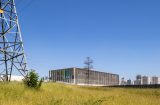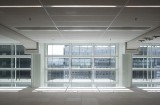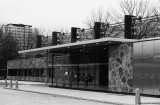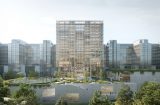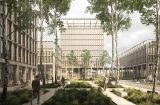“Wait a little while longer” Dikkie Scipio – ZAAL Z number 7
In 2003 we agreed the Museum should be kept as a monument because a rapidly changing environment would increase its historical significance. Regeneration of the urban axis is now the foundation of the building’s restoration concept. We just have to wait a little while longer and then sand grey will be beautiful again.
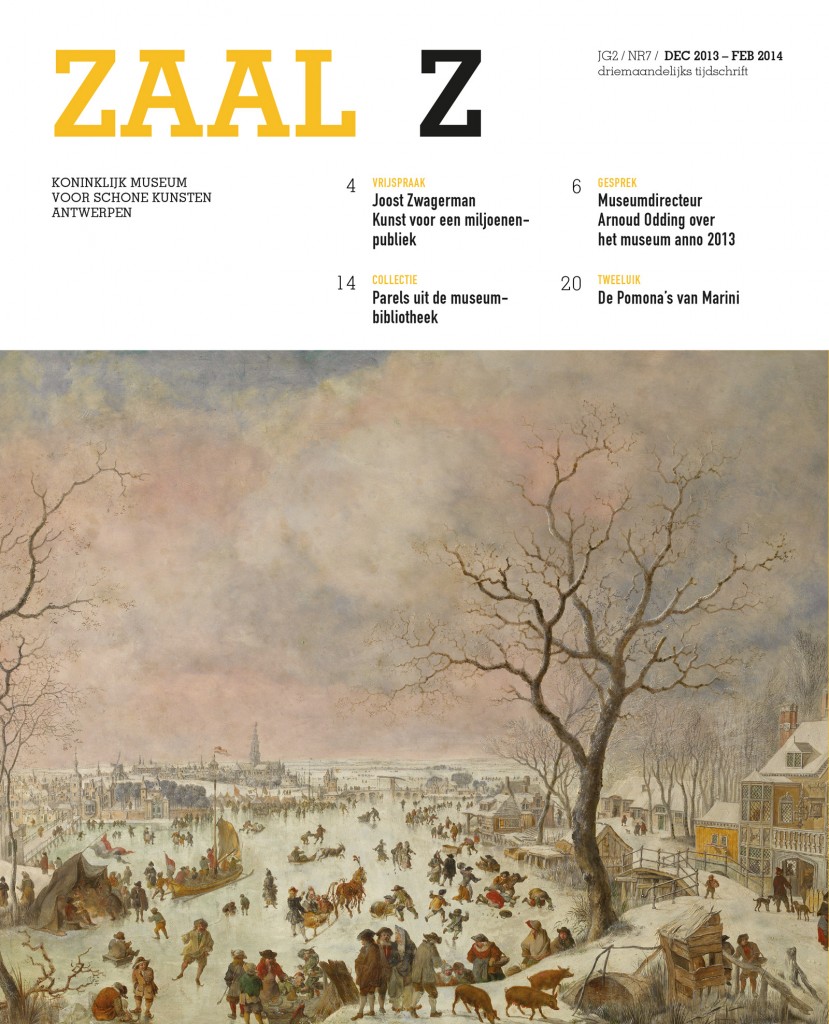
Although hard to imagine now, Antwerp’s ‘Zuid’ (South) district only recently emerged from a difficult period in its history. Things slowly began to improve for the run‑down area only after the arrival of the Museum of Contemporary Art Antwerp (MUHKA) in 1987 and the Zuiderpershuis Cultural Centre in 1993. When we submitted to the selection process to design the museum’s master plan in November 2003, we were confident that the district would revitalize rapidly. Art, culture and the hospitality industry were already leading the way and architect Richard Rogers had already been commissioned to design a new court building that would be located at the former Zuiderplein on the site of Zuidstation, the railway station that was demolished in 1965. The arrival of law firms, which would undoubtedly take up residence within walking distance of the court building, would ensure that the South district would quickly regain its allure. And an urban district that gains in standing will reflect the spirit of the new era rather than be conserved. We were awarded the contract for our pitch that the Royal Museum of Fine Arts Antwerp should be conserved because a rapidly modernizing environment would increase its historical significance.
Ten years later and South is now a trendy district. It looks as though the court building has always been there and Zuidstation never was. The station, which was built in 1898 based on a design by the Ysendyck brothers, was part of the urban expansion at the end of the 19th century. The star‑shaped street pattern of the South district with its dramatic axes are characteristic of the urban planning ideas of the fin-de-siècle. The Royal Museum of Fine Arts is centrally located at Place du Peuple on the Schelde–Zuiderlei axis. It was one of the first public buildings and architects Winders and Van Dyck almost literally allowed the urban axis to run through the building as an extension of public space, reinforcing this with appropriate colours and materials now lost. For a long time, as was the case with respect to the district, the old museum building was not valued. To those in the second half of the 20th century, the 19th century was not that long ago and its architectural style was considered to be excessively monumental.
Re-establishing the experience of the urban axis in terms of colour and material now forms the foundation of the building’s restoration concept. Just wait a while and in the 21st century, sand grey will be beautiful again.
You can download the PDF version via the link down here and you’ll find Dikkie Scipio’s article from page 35.
